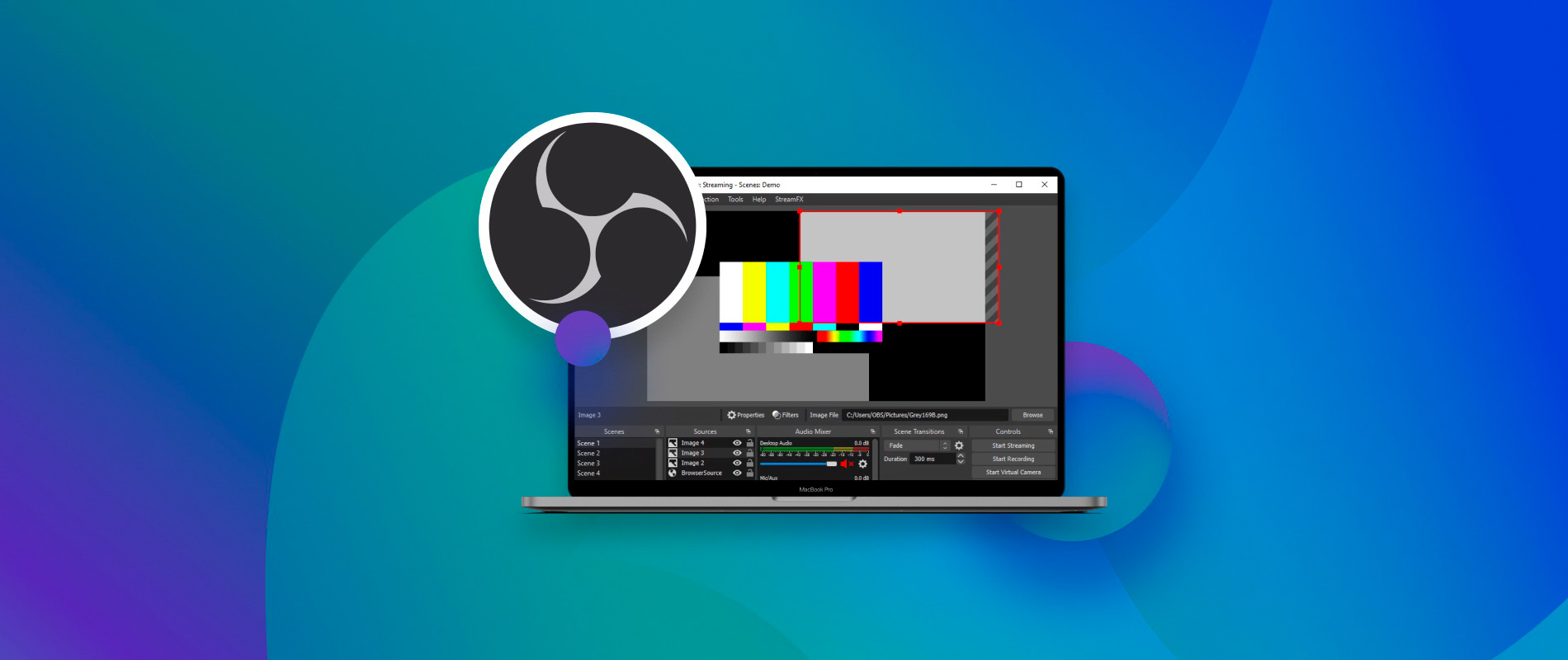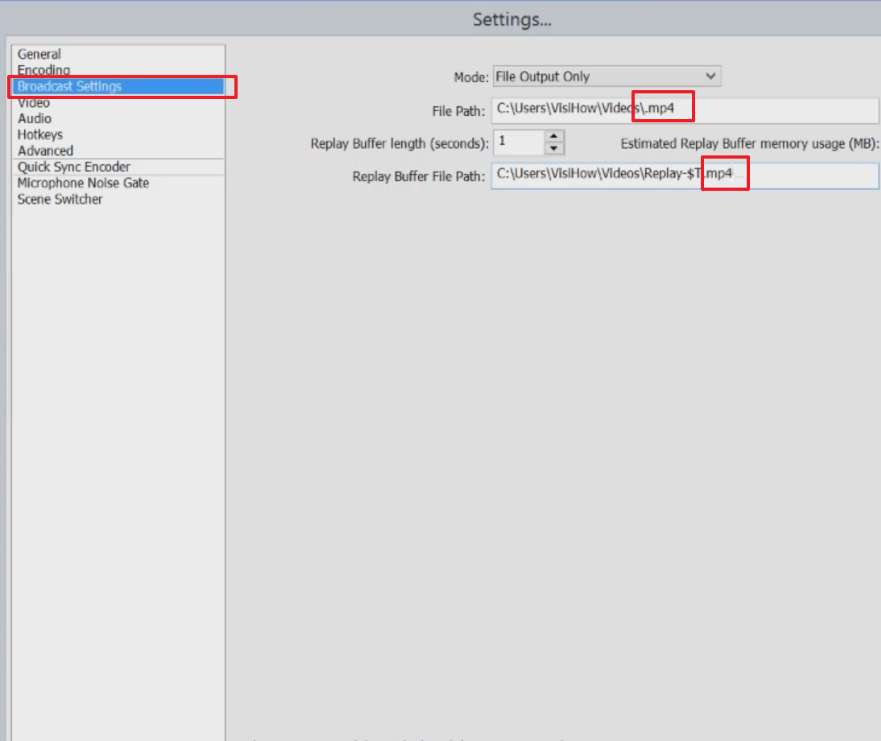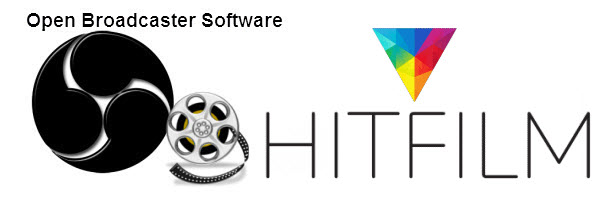


Thus, you can very quickly and easily switch containers without needing to re-encode the video or audio! So the only difference is the container itself. They both are simply containers for an h.264/AVC video track and a AAC audio track.

So you might need a way to convert FLVs to MP4 format.įLVs and MP4s are actually very similar. So if you are recording an FLV and OBS crashes, the FLV should not get corrupted.įurthermore, users of OBS Studio might notice that (for the time being), FLV output is your only recording option. FLVs, however, don't have this problem, because the container is designed to be started and stopped at any time. If you're recording an MP4, and OBS crashes before the MP4 can finish saving, it will be corrupted. However, we know that OBS is beta software, and streaming is a complicated, resource-intensive process, and sometimes things crash. Usually, this means saving the video as an MP4 in your Broadcast settings.

Just go to File > Remux recordings, select your FLV, and click Remux to convert them quickly to MP4.)Ī lot of streamers like to save a local copy of the video they stream out in order to edit it later, upload it to YouTube, or just keep an archive. Let me show you how.Īt the top left corner in OBS Studio, head over to File – Remux Recordings.( Note for Studio users: OBS Studio can remux FLVs to MP4 as a built-in feature. De-muxing a stream is a quick and simple process of extracting and re-assembling the data that’s already there, without de-compressing and re-compressing our sequence. In our case, that’s not necessary if the encoding is already solid. Transcoding commonly refers to changing the actual encoding of the stream, say from MPEG into H264, which comes with a speed penalty and potential quality loss. The above sounds complex, but it’s vital to understand the implications here. split them into discreet audio and video files), and then re-mux them so we can save them in a different container format. That’s really good news, because it means that we don’t really have to “transcode” the files all we need to do is de-mux them (i.e. This means that both audio and video have been transcoded in whichever encoding format I’ve chosen (perhaps H264), and then saved in an FLV container. Let me explain a bit more about this dilemma.įLV (or Flash Video) is only the container in which my video and audio is multiplexed (or muxed) together. This means I’ll have to transcode my files in order to make them useful. At that point I have no way to edit those properly. I easily forget to change this setting into something more sensible, which means I frequently end up with FLV files that contain my material. By default, OBS Studio likes to record files in FLV – for a reason that’s absolutely beyond me.


 0 kommentar(er)
0 kommentar(er)
